The archaeological excavations at the City of David are long and extensive. Various areas were thoroughly excavated over the decades. This post would explore some of the most important areas and notorious archaeologists.
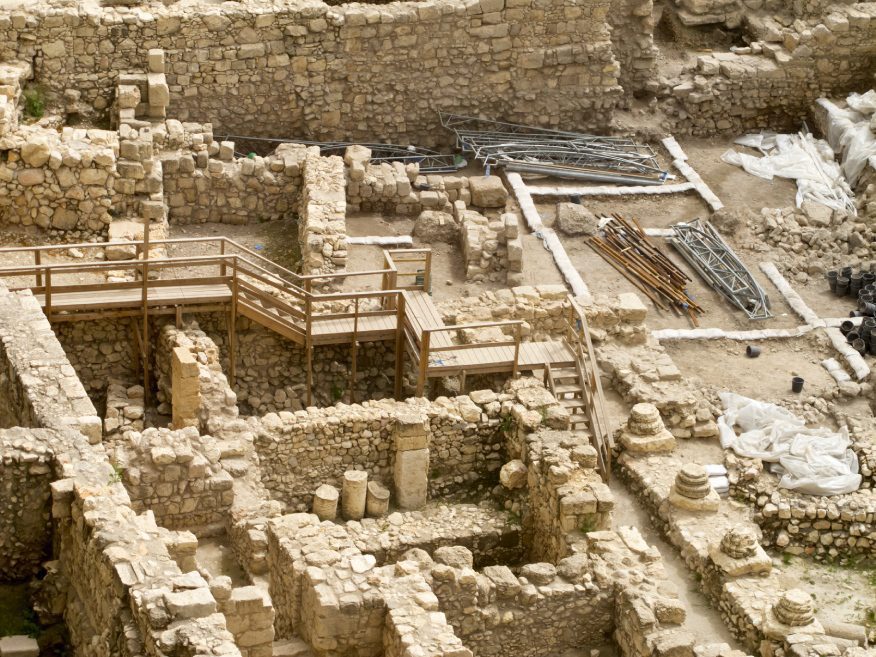
Robert Macalister – Digging During The British Mandate
The Archaeological Excavations at the City of David began in the 1920s. Robert Macalister, an archeologist, came to the City of David looking for those Jebusite fortifications. Macalister came holding a spade in one hand and a Bible in the other hand. So, he knew from the biblical account that the City of David under the Jebusites was strongly fortified; As a result, the Israelites couldn’t conquer the city; Only at the time of King David. Macalister dug on top of the hill; Immediately, he unearthed a massive fortification wall, and alongside two watchtowers. But due to no good archaeological evidence, Macalister assumed that what he found must be the Jebusite fortification wall; Therefore dated it to the Canaanite period.
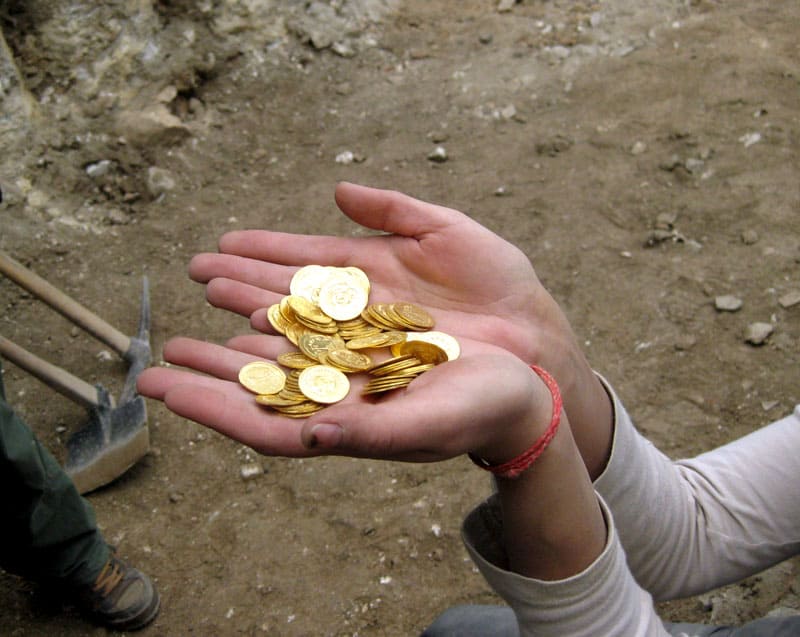
(Credit: Asaf Karavani – CC BY-SA 3.0)
Kathleen Kenyon Digging Under the Jordanian Rule
So the archaeological excavations at the City of David continue In the 1960s. An archeologist named Kathleen Kenyon came to the same excavation area. She conducted her excavations. While digging just underneath the wall Macalister found, she found it doesn’t date to the Canaanite period but to the Second Temple period.
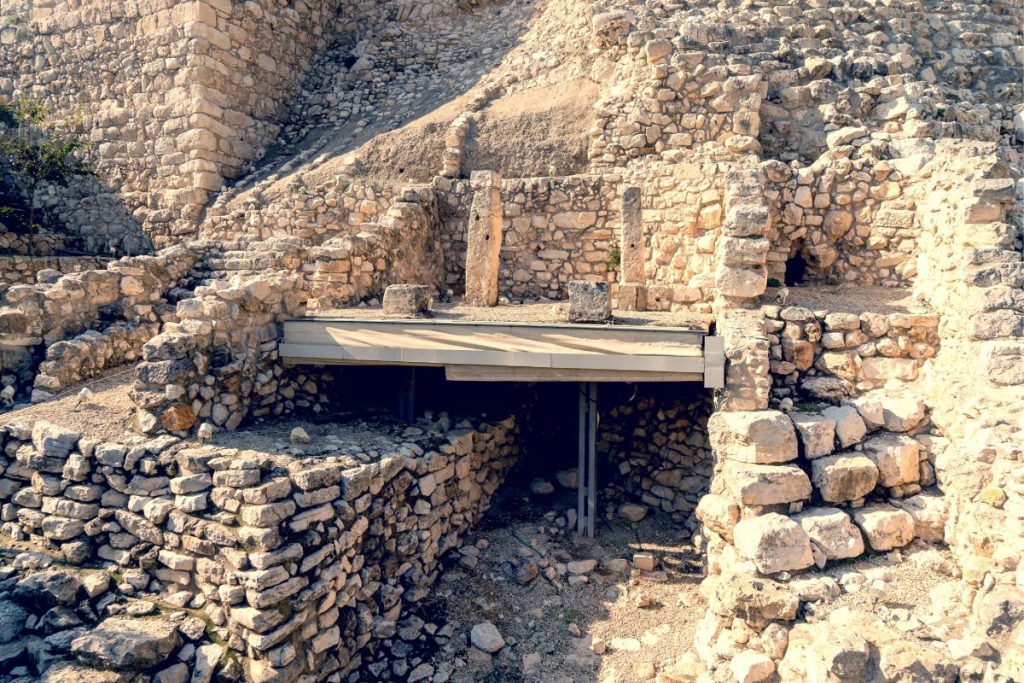
She found the wall dated after 586 B.C.E. In other words, after the year, the First Temple was destroyed by the Babylonians. She found the wall is situated on top of a massive stepped stone structure. Archaeologists described it as a Glacis. Kenyon believed this stepping stone (Glacis), had been built to support the city walls above. For this reason, she also dated the glacis to the Second Temple period, Or in other words, after 586 B.C.E.
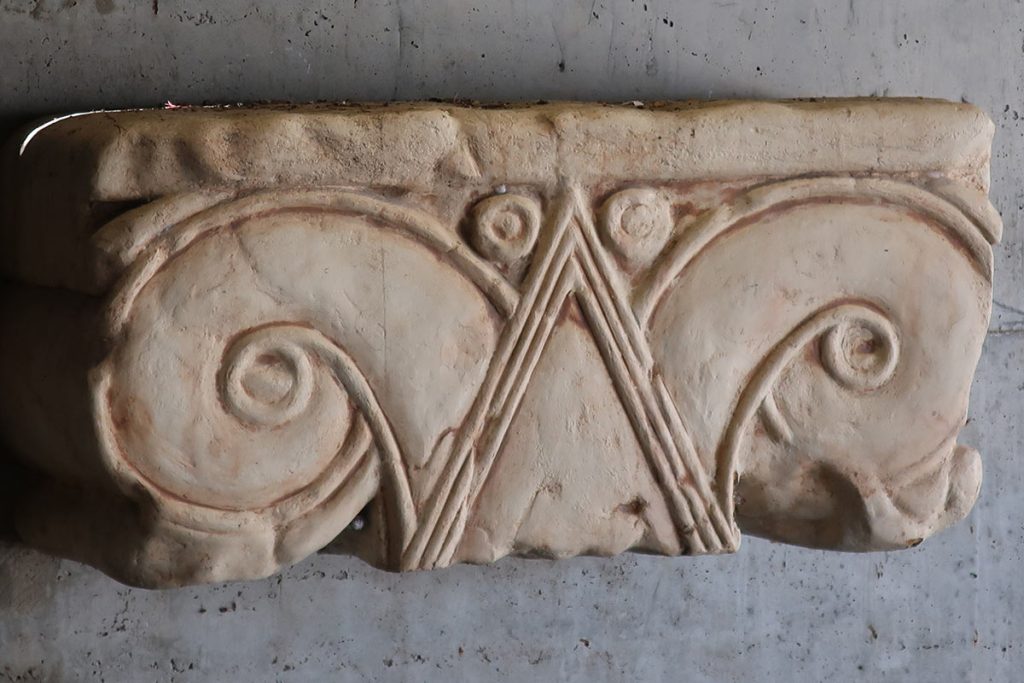
Archaeological Excavations at the City of David: Yigal Shiloh He’s Digging in the 1990s
So in the 1970s, the archaeological Excavations at the City of David were held by an Israeli archaeologist, Yigal Shiloh, who came and continued to investigate the site. When he went down the slope of the hill, he exposed more of the glacis, and he found on the lower part ancient Israelite houses dating to the 8th – 7th centuries; It means that the glacis must be earlier than that; which means Kenyon was wrong.
Touring Biblical Dan
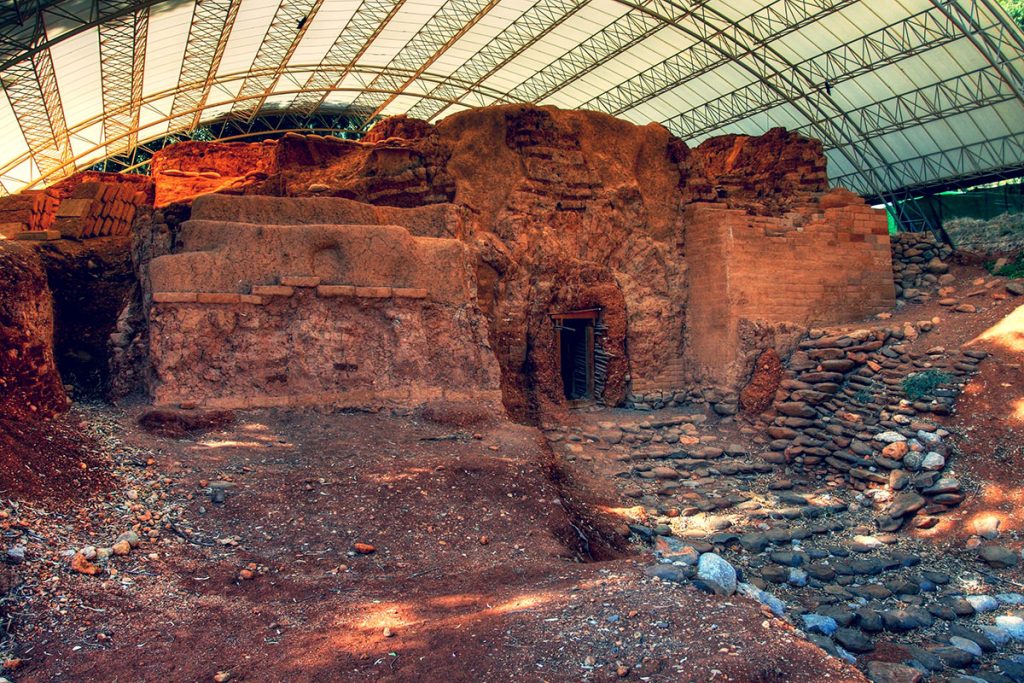
So What is the Correct Sequence?
So what is the correct sequence of layers here? The step stone glacis must be the earliest thing that existed here, dated to the Jebuise or Davidic period. The Israelite houses that are sitting on the top of this glacis were probably built a few centuries later in the 8th or 7th centuries B.C.E. All this was wiped out by the Babylonians in 586 B.C.E. and then after 586 B.C.E when the city was rebuilt the fortification wall and towers were built at the crest of the hill without any direct connection with the glacis or the early Israelite houses. That is the correct sequence!
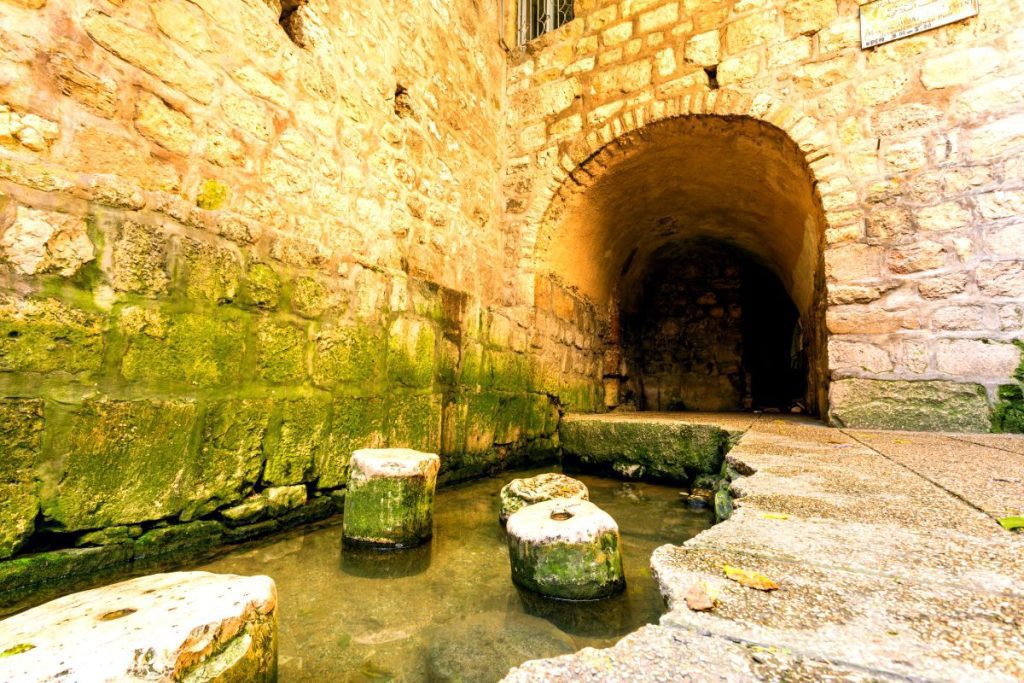
Eilat Mazar Excavations in Area G
There is one question yet to be answered: If this glacis wasn’t built to hold the wall at the top that Macalister found and thought it was Jebusite, then what was it built to hold? It’s clear it was built to hold something, it’s a massive structure, and it must have been built as a support wall because it strengthens and supports the very steep slope of the hill.
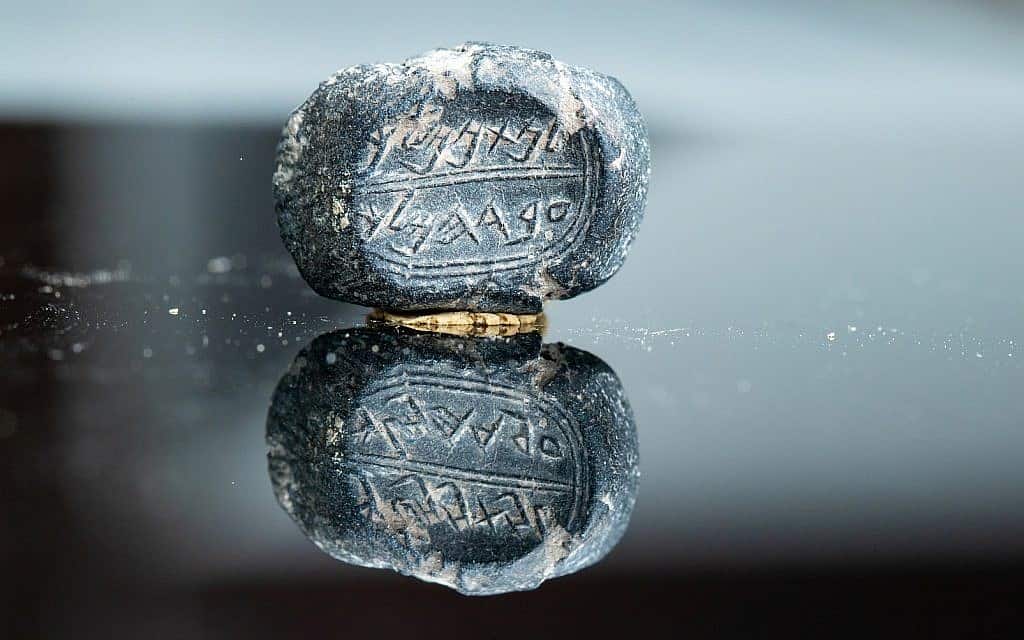
So what originally stood above it?! Remember that we are at the natural high point at the City of David. What would have been the original Acropolis of the city? Before King Solomon expanded the city to the north to include Temple Mt. In other words, we should expect that the original royal citadel of the City of David was located in this area.
Archaeological Excavations at the City of David Latest Updates
The latest ongoing excavations brought to light ancient remains in the area above the glacis; remains of a large and monumental building which the excavator Eilat Mazar claims is the Palace of King David. This identification has been controversial because the dating evidence is not secure. So it is unclear if the building is from the time of David. There is a chance that some or all of the building is later from the time of David.
The Ayalon Valley Tour
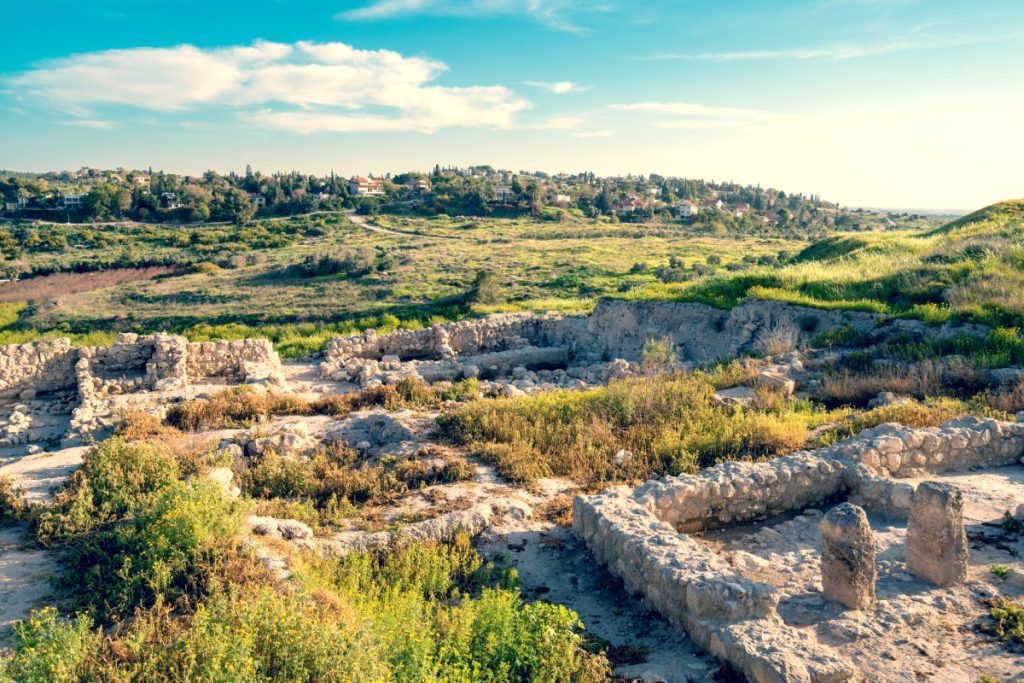
So archeologists are going back and forth on this. Although regardless of this ongoing polemic about the dating of this structure, we can assume that the area where the original Acropolis was located was before the time of Solomon.
You are welcome to subscribe to my newsletter to know about future developments at the City of David and the archaeological digs that are taking place these days.

